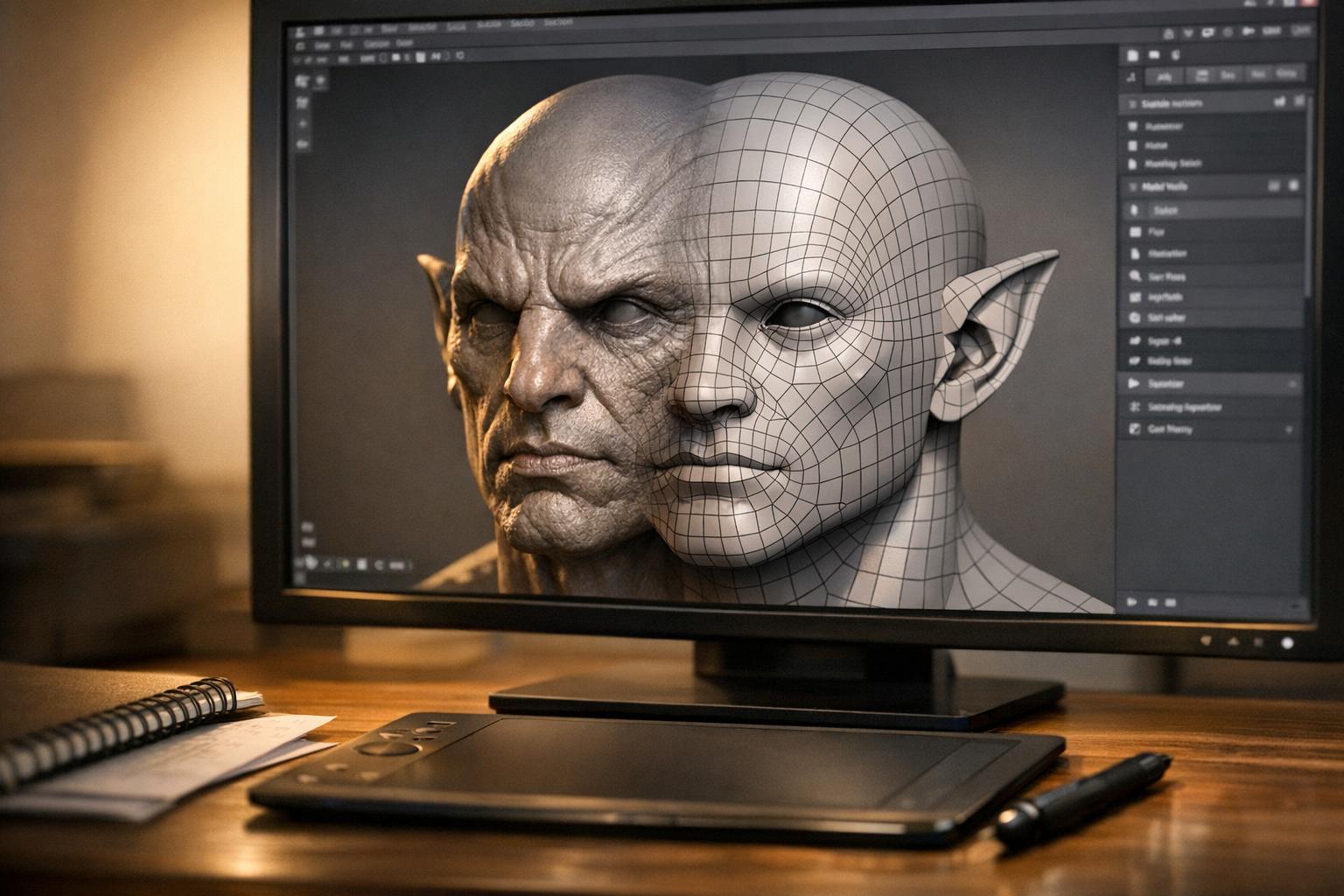The Misunderstood Concept of Asset Flipping
In the realm of game development, especially among indie creators, the term 'asset flip' often carries a negative connotation. However, this perspective overlooks the essential role that using pre-made 3D assets can play in efficient and creative game development. Let's debunk some common misconceptions and understand why smart asset utilization is not just acceptable, but often necessary.
Debunking the Myths of Asset Flipping
1. Fear of Backlash
Many indie developers fear that using pre-existing assets might attract criticism or be labeled as 'lazy'. It's crucial to differentiate between mere asset flipping, which involves minimal effort and innovation, and the strategic use of assets to enrich and support a game's environment. The key lies in how these assets are integrated into the game's world.
A well-placed tree, building, or weapon from an asset store or 3D generation solutions like Sloyd, fitting seamlessly into the game’s aesthetic, is much more appropriate than using a main character model that doesn't fit the rest of the art direction.
2. Feeling Like a Fraud
Many game developers struggle with a sense of inauthenticity when using pre-made assets. It's important to remember that the essence of game development is to create engaging and enjoyable experiences for players. Using assets effectively can shift the focus towards enhancing gameplay, narrative, and overall player engagement. This approach can elevate the quality of the game, making it more immersive and enjoyable.
3. Artistic Integrity
For some developers, their game is an expression of personal artistry, and using pre-made assets might not align with their vision. This viewpoint is a valid artistic choice, highlighting the diverse approaches and philosophies in game development. It's a reminder that game development can be both an art and a craft, each with its own set of practices and principles.
It's perfectly fine to make everything from scratch yourself, but beware it might take you much longer or it would need a bigger budget!
Embracing Assets for Better Game Development
Utilizing 3D assets is a practical approach, especially for indie developers competing with larger studios. It's not about the assets themselves, but what you do with them. They can save time and resources, allowing developers to focus on the unique aspects of their game.
Sloyd: Revolutionizing Asset Use in Indie Game Development
For those seeking high-quality, customizable 3D assets without the hassle of creating them from scratch, Sloyd offers a compelling solution. Their platform provides a range of easily editable assets, perfect for tailoring to your game's specific needs. This approach not only saves time but also opens up creative possibilities for developers who may not have extensive 3D modeling skills.
Conclusion
Using generated or pre-existing 3D asset, when done right, is a smart strategy in game development. It's about using resources efficiently to focus on what truly matters - creating an engaging and memorable game experience. Remember, it's not the assets that make the game, but the vision and creativity of the developer.





